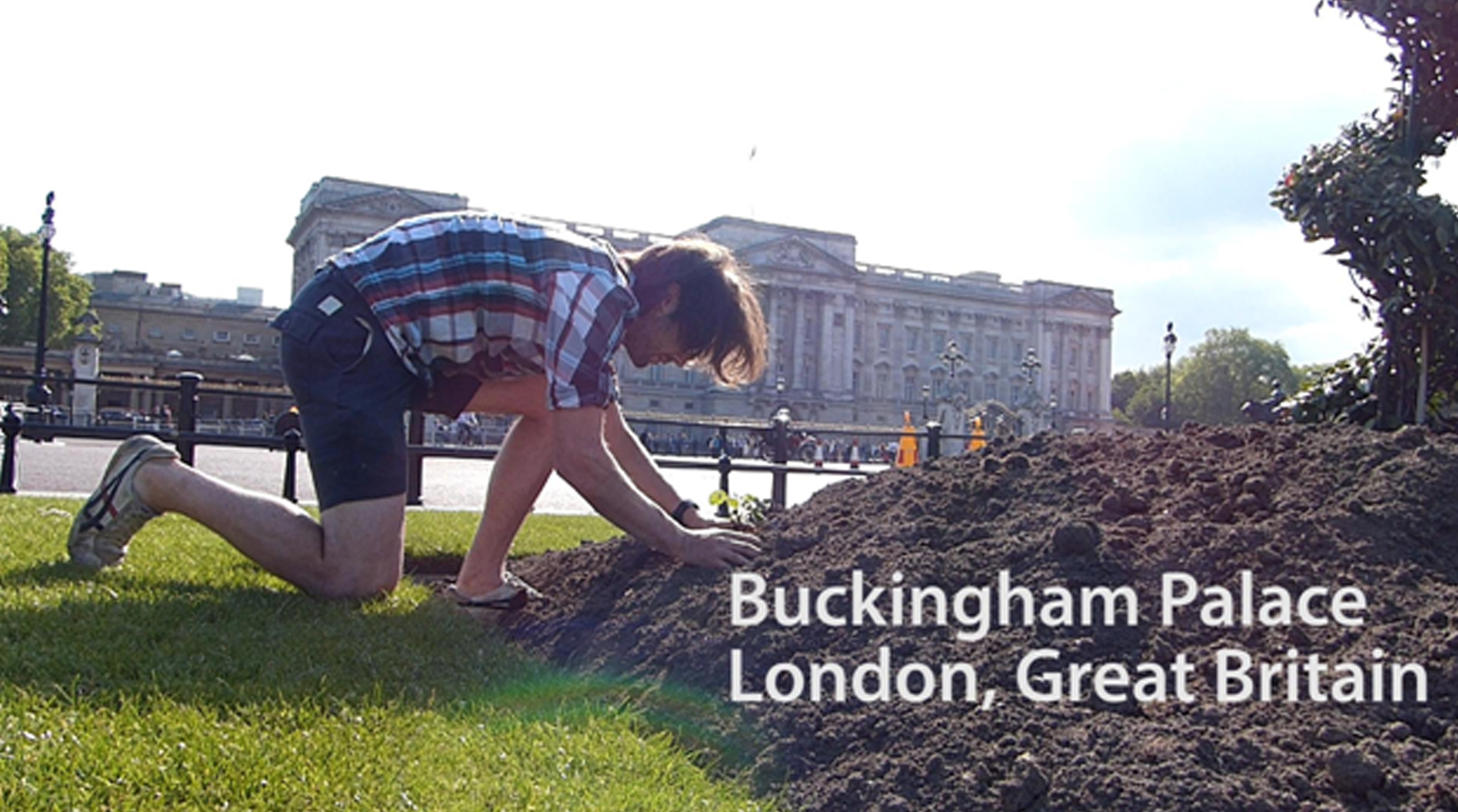by Guest Contributor, Tom Boyden.
Image courtesy of Tom Boyden.
People are starting to tune in to the idea of farming in the city. A movement is a brewing. Those that rely on the benefits of urban farming have been growing food as a means to obtain affordable and healthy food, build community and slow the food desertification of our cities.
It’s still trending, hard. What’s going to bring urban farming from the 'cool thing to do', to the thing we need to do?
It won’t transition from a cool trend to a necessity through designer chicken houses or DIY mushroom kits at 30 bucks a pop. The transition could be spurred through gardening with neighbors, young and old, of any background, sharing meals and recipes, and saving seeds, soil, and bees. Beginning to garden in an urban area connects a large amount of people with the source of their food, strengthening the fleeting connection that has strayed as of late. In a sea of concrete and lush lawns, often times we forget about the very foundation of the health of our society; soil.
Image courtesy of Tom Boyden.
I cycled 5000 miles guerilla gardening, trading seeds and working with organic and urban farmers in 9 countries. I filmed everything with the idea that I’d make a 3 minute action movie to get people thinking about our soil and the huge part it plays in the sustainability of our cities. The development of hydroponics and aquaponics is quickening at a rapid pace, but we’re not ready to solely subsist off this type of growing. Not because the technology is not there, it’s a societal shift in thinking that would lead to vertical farming in cities and greenhouses on every grocery store. For now, to live well, we need our soil.
What can you do?
That empty lot you’ve been spying on - throw a seed bomb and watch it flourish.
The lawns that folks have been perfecting for a few decades - take just 10%, and grow some food.
An empty rooftop of your apartment building - put a few recycled buckets of herbs up there and start a kitchen garden.
These are huge steps that involved little investment. You don’t need a brand new pot to grow some tasty vittles, just a bucket acquired from a local restaurant. Maybe you’ll get lucky and enjoy the stale, vinegary scent of an old pickle bucket.
Throughout my trip, I planted at famous tourist sites like the Eiffel Tower and Buckingham Palace. It’s living graffiti and I expect grandmother’s in garden clubs are as addicted as I am to this adrenaline rush from growing. Maybe they prefer roses to a strawberry plant, just a different flavored drug.
Soil is a huge part of the rural ecosystem and it is very much an indicator of the health of our urban ecosystem. We’re not taking care of it as well as we should and we need to act now, there is no later.
Get a bike, some seeds, and let’s paint the city green.
Watch a video of Urban Agriculture below - the first of a three part series.







